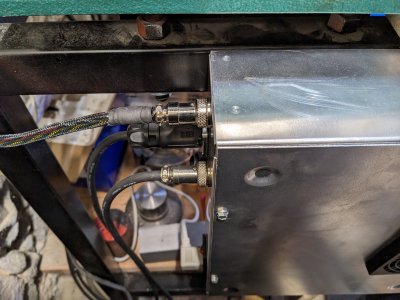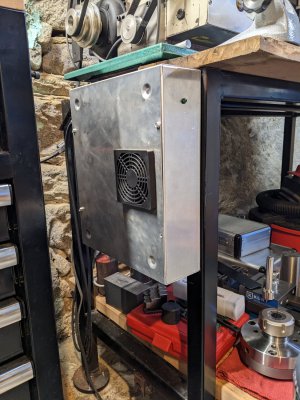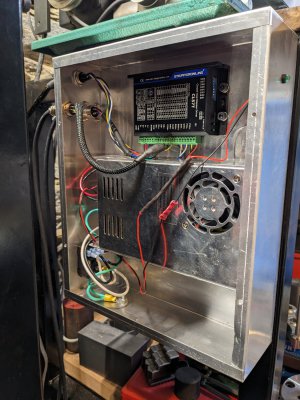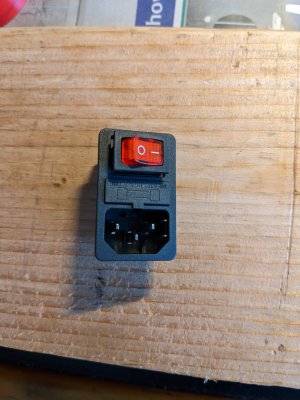- Joined
- Dec 18, 2019
- Messages
- 7,318
For what it is worth, wiring these GX connectors can be confusing. I reversed the rotation more than once. Had to redo them. Also reading the pin numbers isn't that easy...
Yes, that's very possible to test the signal wiring. What do you have for test equipment? Volt ohm meter? Scope? Test lamp? Then I can suggest what to do. Please attach a picture of the stepper driver with all the connected wires right now. Maybe there is something that jumps out. Maybe a picture of the cable ends at the ELS controller without the hoods would be useful as well. Basically both ends of the cable you built.
If you have a volt ohm meter, you could set it to ohms or continuity. You could even open the ELS box and ring out the cable. The connector at the top left is J1. You could put one probe on J1, pin 1 and check the pins on the P1 stepper motor connector. This table is from the pins on the PCB to the connector on the




I know when I had the wrong gearing, the motor seemed quite weak. The load is basically higher. If you can change the gear box settings for the same thread setting, maybe we can empirically figure this out. Try the lower gear and see what happens.I had some scraps of PVC pipe on hand and did the threading trick - 24 TPI measured 32 which looks like a 1.3X factor. I set it on 10 TPI and cut and was able to measure 13 TPI so that confirmed it to be 1.3X. This was using the lead screw output from the gearbox. I have not measured the feed rate from the power feed screw yet.
I double checked all of the wiring and also mounted the power supply and stepper driver in my box. It's still in a testing form, i don't have all the parts and pieces that i want for the box yet.
I was able to mount shield for the Z axis scale easily and then realized when i went to put the back splash back on the lathe that the motor cut out area will hit. Next on my list is to modify that to go around the scale. The backsplash has a large area for the motor but the motor doesn't even come close to it - i'm guessing they offered different motors or the backsplash is universal or fits many machines.
I have adjusted the driver to the parameters you specified but the stepper still seems very weak - i can stop the gearbox input pulley with my hand quite easily. I ordered the same 4 Nm kit that you had - and many others have used. I've double checked all of the connections and haven't found any glaring issues. I did use cable end ferrules instead of tinning the wires - it was a cheapo set off from Amazon. Is it possible it's adding resistance to the signal wires? How do i go about troubleshooting this issue?
